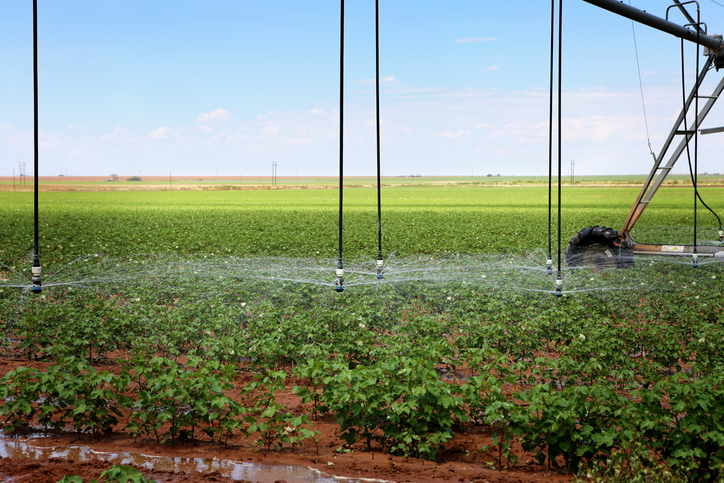 The National Science Foundation is spearheading a $2.4 million research initiative to develop new methods to create commercial fertilizer out of wastewater nutrients. Among the researchers working on this project, ECS member and chair of the Society’s Energy Technology Divison, Andrew Herring, is leading an electrochemical engineering team in electrode design, water chemistry, electrochemical operations, and developing a bench-scale electrochemical reactor design.
The National Science Foundation is spearheading a $2.4 million research initiative to develop new methods to create commercial fertilizer out of wastewater nutrients. Among the researchers working on this project, ECS member and chair of the Society’s Energy Technology Divison, Andrew Herring, is leading an electrochemical engineering team in electrode design, water chemistry, electrochemical operations, and developing a bench-scale electrochemical reactor design.
The goal of this project is to take the nitrogen and phosphorus that exists in wastewater and transform it into fertilizer struvite, which is made up of magnesium, ammonium, and phosphate.
“Basically, you’d have a hog barn and you’d collect the liquid effluent from the farm and run it through a reactor and you’d get a solid fertilizer out of the back and, hopefully, energy,” Herring, Colorado School of Mines professor, says in a statement. “At the end of the day, we hope to optimize this thing so it makes energy, saves water, and produces fertilizer for food production.”
This work is is a collaborative effort with ECS members Lauren Greenlee, lead princial investigator and Assistant Professor at the University of Arkansas; and Julie Renner, Assistant Professor at Case Western Reserve University.
This isn’t Herring’s first foray into water and energy research. During the PRiME 2016 meeting, Herring co-organized the Energy/Water Nexus: Power from Saline Solutions symposium.
“It’s very hard to say energy and not say water in the same sentence,” Herring told ECS in a previous interview. “They are completely interconnected systems.”
His new work funded by the NSF looks to tackle an unsolved issue that could have positive environmental impact.
This form Colorado School of Mines:
Herring will build an electrochemical reactor at bench scale to precipitate struvite from wastewater plus added magnesium. What is learned at Mines will ultimately feed into a farm-scale reactor, most likely at an agricultural experiment station at the University of Arkansas.
“This is an exciting project,” Herring says, “as no one can yet recycle agricultural phosphorous, and preventing its entry into aquifers will prevent algal blooms.”
Algal blooms are primarily caused by fertilizer runoff, creating an excess of nutrients, particularly some phosphates. With this, algae grows and reduces the oxygen level in water, which can kill aquatic life and become poisonous to humans.
Issues related to algal blooms generally go unrecognized but gained national attention just over a year ago as Florida’s waterways showed a 500 percent increase in the amount of algae affected water in just two months. Additionally, algal affected Lake Erie in 2015, where more than 400,000 citizens of Toledo, OH had to find a new place to draw drinking water due algal blooms from fertilizer runoff.
“For farmers, the bottom line is so tight that they don’t want to be buying fertilizer,” Herring says. “With this technology, for a very low capital cost the farmer would be able to buy a unit where they would be able to use their farm’s own waste to produce a more widely applicable fertilizer.”


